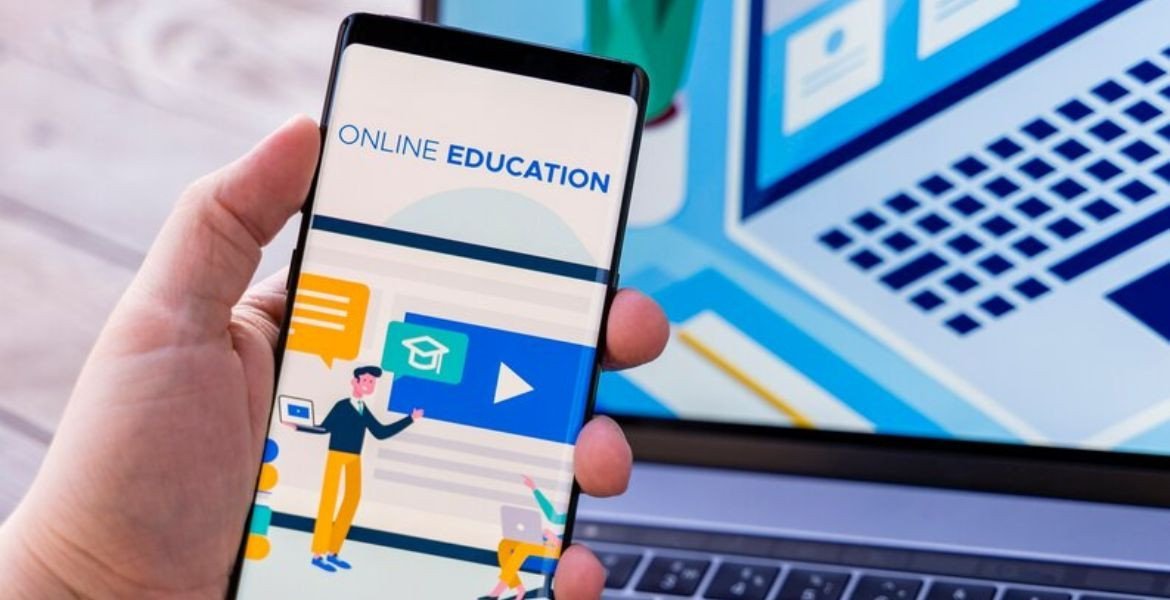Personalized Learning: Tailoring Education in the Digital Age
In today's rapidly evolving world, traditional one-size-fits-all education systems are facing unprecedented challenges. The digital age has brought forth new opportunities to revolutionize the way we teach and learn. Personalized learning is the key to addressing these challenges and providing students with tailored educational experiences that cater to their unique needs and abilities.
The Evolution of Education in the Digital Age
The digital age has transformed nearly every aspect of our lives, from the way we communicate and work to how we access information. Similarly, it has opened up exciting possibilities for the field of education. With the internet and advanced technology at our fingertips, we can now create highly individualized learning experiences that empower students to take control of their education.
What is Personalized Learning?
Personalized learning is an educational approach that seeks to customize the learning experience for each student. It recognizes that no two learners are exactly alike, and therefore, their education should reflect their unique interests, strengths, and weaknesses. This approach leverages technology, data analytics, and a student-centered mindset to create tailored learning paths.
Key Elements of Personalized Learning
1. Adaptive Learning Platforms: Adaptive learning technologies use data and algorithms to continuously assess a student's performance and adjust the content and pace accordingly. This ensures that students receive the right level of challenge and support.
2. Individualized Learning Plans: Teachers and educators work with students to create personalized learning plans that outline their goals, interests, and preferred learning styles. These plans serve as roadmaps for the educational journey.
3. Flexible Content Delivery: Personalized learning often involves a mix of in-person and online learning resources. Students can access materials at their own pace, allowing them to delve deeper into subjects they are passionate about or revisit challenging concepts.
4. Data-Driven Insights: Educational data analytics provide valuable insights into student progress. Teachers can identify areas where students are excelling and where they may need additional help, enabling more targeted interventions.
Benefits of Personalized Learning
Personalized learning offers a wide range of benefits to students, educators, and the educational system as a whole:
- Improved Engagement: When students have a say in what and how they learn, they are more likely to stay engaged and motivated.
- Higher Achievement: Customized learning experiences help students reach their full potential by addressing their individual needs.
- Increased Efficiency: Personalized learning can lead to more efficient use of resources and reduced dropout rates.
- Preparation for the Future: It equips students with crucial skills like self-direction, problem-solving, and adaptability, which are essential in the rapidly changing job market.
How to Implement Personalized Learning
Implementing personalized learning in schools requires a holistic approach:
1. Teacher Training: Educators need training to adapt their teaching methods to a personalized learning model.
2. Technology Integration: Schools must invest in technology infrastructure and tools to support personalized learning.
3. Data Security: Protecting student data is paramount. Schools must have robust data security measures in place.
4. Parent and Community Involvement: Engaging parents and the community in the personalized learning journey can foster support and understanding.
Conclusion
Personalized learning is the future of education in the digital age. By tailoring education to the unique needs and interests of each student, we can unlock their full potential and prepare them for success in a rapidly changing world. To learn more about personalized learning and its benefits, visit mydearstudents.com
The journey towards personalized education may be challenging, but the rewards in terms of student achievement and readiness for the future are well worth the effort. Embracing the digital age's potential to transform education is a step towards a brighter future for all students.





